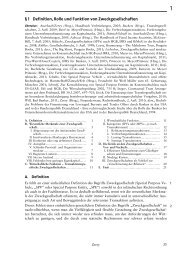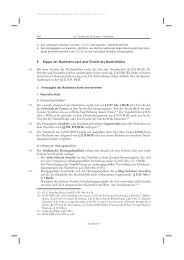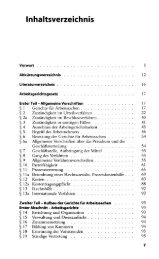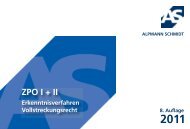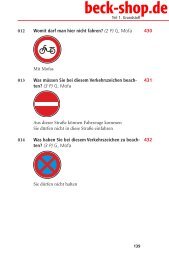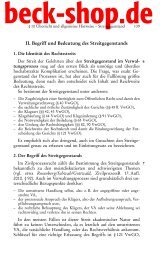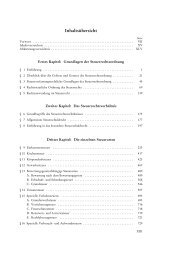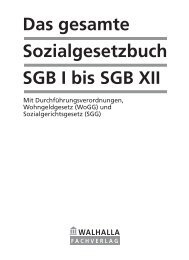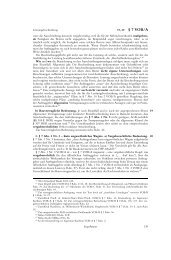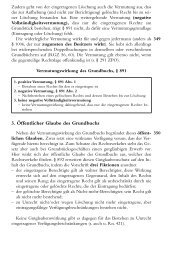Court of Justice of the European Union - Wägenbaur ...
Court of Justice of the European Union - Wägenbaur ...
Court of Justice of the European Union - Wägenbaur ...
You also want an ePaper? Increase the reach of your titles
YUMPU automatically turns print PDFs into web optimized ePapers that Google loves.
Preface“The League <strong>of</strong> Nations is nearing a decisive test. If it fails, world war willinevitably repeat itself even more terribly than before … Should this League <strong>of</strong>Nations fail, a future generation will one day be forced to create ano<strong>the</strong>r one. But(that generation) will only arrive at that point through a sea <strong>of</strong> blood and tears evenworse than <strong>the</strong> one which we just crossed”. 1 It is with this gloomy prophecy that Pr<strong>of</strong>.Dr. Heinrich Rauchberg, former Rector <strong>of</strong> <strong>the</strong> German University <strong>of</strong> Prague, closeda book he published in 1932 2 . He did not live to see <strong>the</strong> subsequent globalcatastrophe he had predicted. Never<strong>the</strong>less, <strong>the</strong> concept he proposed- that <strong>of</strong> agroup <strong>of</strong> States learning from history by signing a new Treaty in order to maintainpeace and understanding amongst formerly warring nations- would soon materialize.This new attempt at peaceful <strong>European</strong> <strong>Union</strong> began in 1952 with <strong>the</strong> Treatyon Coal and Steel, which was soon followed by fur<strong>the</strong>r Treaties and steps towardsever increasing <strong>European</strong> integration. This decades-long process has resulted in aunion <strong>of</strong> 27 Member States as well as <strong>the</strong> longest period <strong>of</strong> sustained peace andeconomic development in <strong>European</strong> history.Ironically, this era <strong>of</strong> unprecedented stability and unity induces us to take peacein this part <strong>of</strong> <strong>the</strong> world for granted. Weshould <strong>the</strong>refore allow this era to make usall <strong>the</strong> more aware <strong>of</strong> what we really owe to <strong>European</strong> integration, which <strong>the</strong> award<strong>of</strong> <strong>the</strong> Nobel peace prize to <strong>the</strong> EU so rightly acknowledges. Thus, our challenge isto never allow criticism arising from day-to-day EU issues and also more fundamentalquestions, no matter its merit, to make us lose sight <strong>of</strong> <strong>the</strong> priceless value <strong>of</strong>this historically unique process.Achieving a community <strong>of</strong> peace, common values, and economic development is<strong>of</strong> course not only a matter <strong>of</strong> attitude or mindset, but also a matter <strong>of</strong> appropriateinstruments <strong>of</strong> integration. These tools can be found in <strong>the</strong> series <strong>of</strong> Treaties whichsince 1952 have served as <strong>the</strong> practical means to implement <strong>the</strong> goal <strong>of</strong> <strong>European</strong>unity. Dispute resolution as embodied by <strong>the</strong> <strong>Court</strong> <strong>of</strong> <strong>Justice</strong> <strong>of</strong> <strong>the</strong> <strong>European</strong><strong>Union</strong> is undoubtedly one <strong>of</strong> <strong>the</strong> most important <strong>of</strong> <strong>the</strong>se. The <strong>Court</strong> <strong>of</strong> <strong>Justice</strong> <strong>of</strong><strong>the</strong> <strong>European</strong> <strong>Union</strong> is thus much more than a supranational judicial instance: itserves <strong>the</strong> unity <strong>of</strong> EU law and is a major player in a vital peacekeeping mission.This <strong>Court</strong> must guarantee that a broad variety <strong>of</strong> parties, ranging from MemberStates and EU institutions to natural and moral persons, each <strong>of</strong> whom has <strong>the</strong>irown, sometimes very antagonistic, interests, can solve conflicts peacefully throughcommon judicial instruments ra<strong>the</strong>r than through force. This requires an elaboratejudicial system with a variety <strong>of</strong> legal remedies governed by specialized proceduralrules.This book seeks to illuminate <strong>the</strong> procedural rules governing <strong>the</strong> three judicialinstances <strong>of</strong> <strong>the</strong> EU by providing commentary on every article <strong>of</strong> <strong>the</strong> Statute <strong>of</strong> <strong>the</strong>1 French original text: “La Société des Nations approche d’une épreuve décisive. Si elle échoue, laGuerre Mondiale se répétera fatalement, plus terrible encore. … Cette SociØtØ des Nations ØchouØe,une gØnØration future sera un jour forcØe d’en crØer une autre. Mais elle n’y parviendra qu’à traversune mer de sang et de larmes plus terrible encore que celle que nous venons de traverser.”.2 In “Les Obligations Juridiques des Membres de la Société des Nations pour le Maintien de laPaix”, pages 118–119, Sirey, Paris, 1932.V



